Incorporating the Outdoors into Your Classroom Instruction
By Mary Montero
Share This Post:
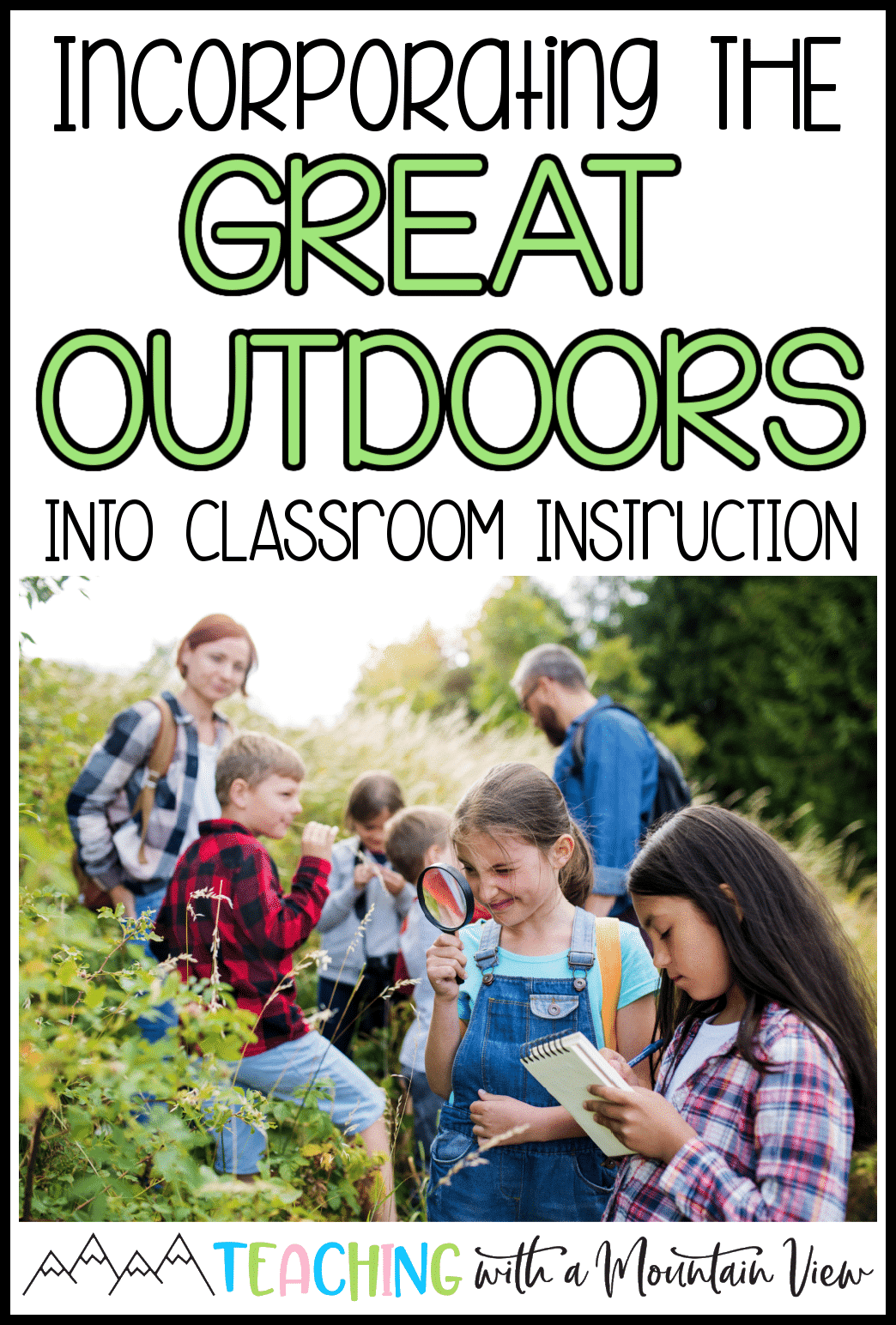
Incorporating the outdoors into your classroom can be a fun way for kids to learn, and this year it will prove to be especially important. Studies show that getting into nature has a calming effect on children, improves sensory skills, can increase attention spans, and gives children a sense of freedom. While we can’t be outdoors all the time, we can even bring the outdoors inside! Here are some tips and tricks to help get nature into your classroom!

Nature as Manipulatives
Depending on your student’s level, items from nature make perfect materials for hands-on learning! Leaves, flowers, and rocks make perfect ways to learn colors and shapes. Older kids can use the manipulatives to make shapes with certain attributes… Students can go on a scavenger hunt around the playground looking for different colors or shapes that can be found in nature. Challenge the students with bingo cards that ask them to find certain items.
For older students, things from nature such as acorns and pinecones can be used to group when learning multiplication and division. These items can also be used on place value charts when learning regrouping for addition and subtraction.
For the activity below, I gave each child four equal groups task cards, and they had to use outdoor manipulatives to represent them.
Outdoor Classroom
Don’t underestimate the power of simply stepping outside. When possible, take your class outside for periods of time! Read-alouds and sustained silent reading are perfect opportunities to go outdoors and let the kids get some fresh air while still learning. If it’s a nice day outside, I regularly take my students outside with their literature circle books and conduct reading groups outside.
Science- especially on days where messy experiments are scheduled- is also an opportune time to take the class outside. Be sure to take all the necessary materials and your accountability sheet, and you’re all set for outdoor learning! The Science Penguin has SO many amazing outdoor scavenger hunts and science activities that work with many different topics.
Plants and Animals
An easy way to bring the outdoors into your classroom is to have an abundance of plants! Plants bring the outside indoors, add brightness to your room, and improve air quality. You can choose a mix of flowering plants and green plants, and talk about the differences in growth between the different types. These plants can also be used to learn measurement and how to create data charts. Taking care of the plants is something that can be easily added to your class job chart. I always have a group of students who take great pride in caring for the classroom plants.
I was never able to personally pull it off, but a classroom pet is also a great way to bring the outdoors inside. Whether it’s a fish, turtle, or hamster, students can learn about the animal and its natural habitat. Discussions about what the animal eats, where in nature it is found, and what it’s predators are can take place at morning meeting time. Much like plants, taking care of the class pet can be a student job, which increases a sense of responsibility among students!
Weather Charts and Pictures
Part of bringing the outdoors inside is to learn about what’s happening outdoors! You don’t have to wait until your curriculum calls for you to track the weather… A daily weather discussion can be incorporated as part of a morning meeting or science. Younger students (and let’s be honest, older students, too) will enjoy observing the weather and discussing the temperature and any precipitation. Chart the moon phases, or keep a line graph of the high and low temperatures daily. Older students can talk about wind speed, different types of clouds, and humidity. Another idea for a class job is the class naturalist, who reports on current weather conditions.
Putting up pictures of beautiful nature scenes can also bring the outdoors in. You might want to choose pictures of places that are far away, so that students can see pictures of nature other than what is outside their own window. Some ideas include Antarctica, the rainforest, or the desert. Be sure to include animals, as well! Many students enjoy animals and these pictures can become great discussion topics. After a while, encourage students to find their own outdoor inspiration pictures to bring in and discuss.
Classroom Library Selections
Be sure to have books about nature and animals available to the students! These books can be enjoyed during sustained silent reading, or after independent work is completed. Additionally, if you have a writing center, look for writing prompts about plants, animals, the weather, or natural landforms. These topics can be enjoyable for kids to write about! When I was student teaching, my cooperating teacher pulled pictures off of scenic calendars and used them as writing prompts. They were always a huge hit.
Outdoor Scavenger Hunts
Another great way to get the outdoors into your classroom is to have your students go on a scavenger hunt! While this one isn’t really nature-oriented, it’s a great way to take advantage of a beautiful day. I love hanging up task cards on the outside windows at my school and having students complete them scavenger hunt style. They all start at a different number card and then move around finding the next one in the numerical sequence.
These girls are working on Task Cards taped on our outdoor windows. In the reflection, you can see even more students working on them!
Walking Podcasts
Do you have access to devices at your school? Have a group of students listen to an educational podcast while they walk around the track or playground.
Team Building and Morning Meeting Activities
Every Friday during Morning Meeting, it was a goal of mine to get outside and play a quick ten-minute game. Captain’s Coming was ALWAYS a favorite and that quick shot of fresh air and activity did wonders for their attention spans!
Find Inspiration Everywhere Outdoors
There are SO many ways to incorporate the area surrounding your school into lessons. For example, when we are studying angles, I have students go outside and find examples of angle types in the playground equipment. If you’re working on graphs, haves students collect data on how long it takes them to do certain things and then graph it. If you’re working on area and perimeter, go outside to measure dimensions of the concrete slabs. The options are truly endless, and there is a way to adapt most lessons to make them outdoors-friendly!
How do you incorporate the outdoors into your classroom?
Mary Montero
I’m so glad you are here. I’m a current gifted and talented teacher in a small town in Colorado, and I’ve been in education since 2009. My passion (other than my family and cookies) is for making teachers’ lives easier and classrooms more engaging.







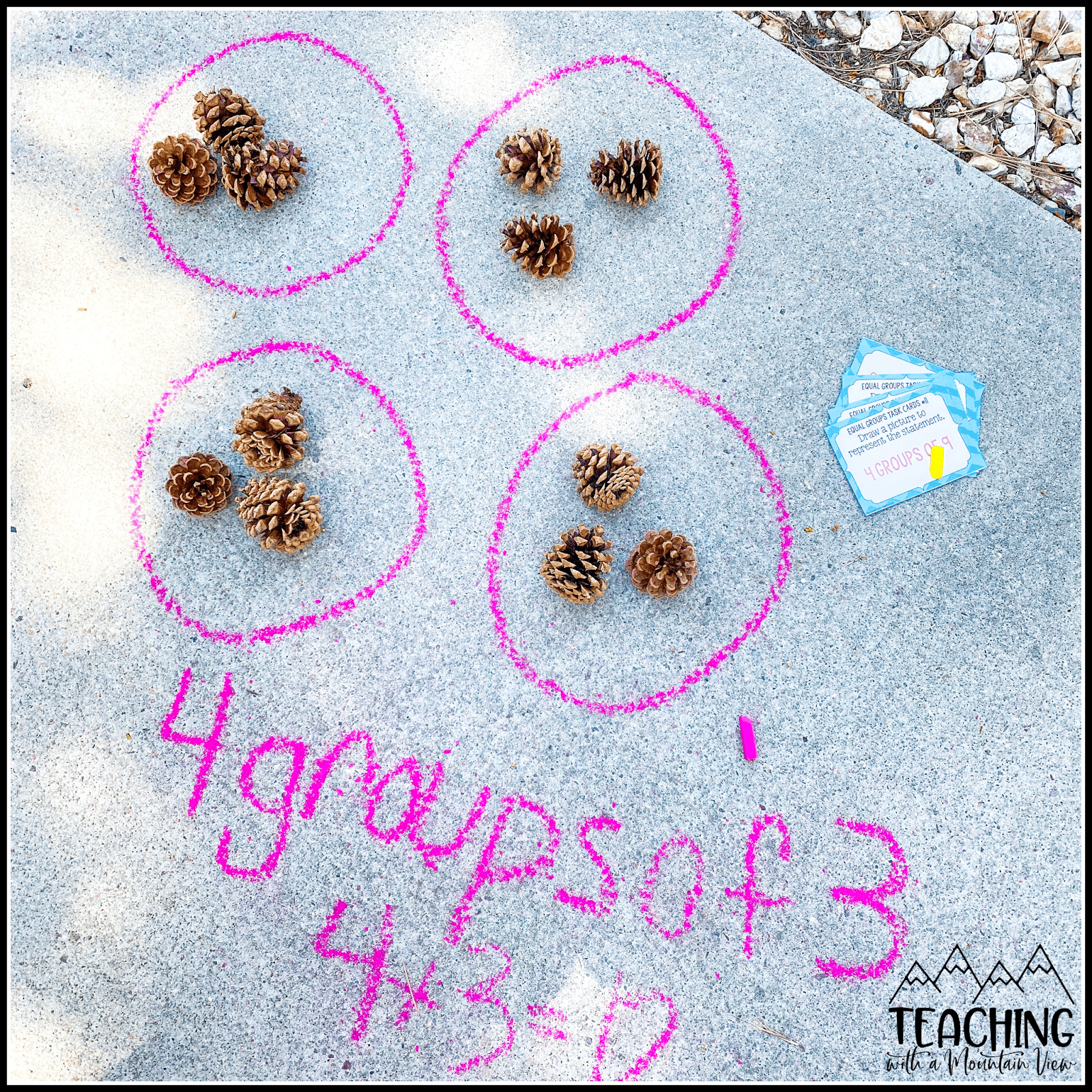
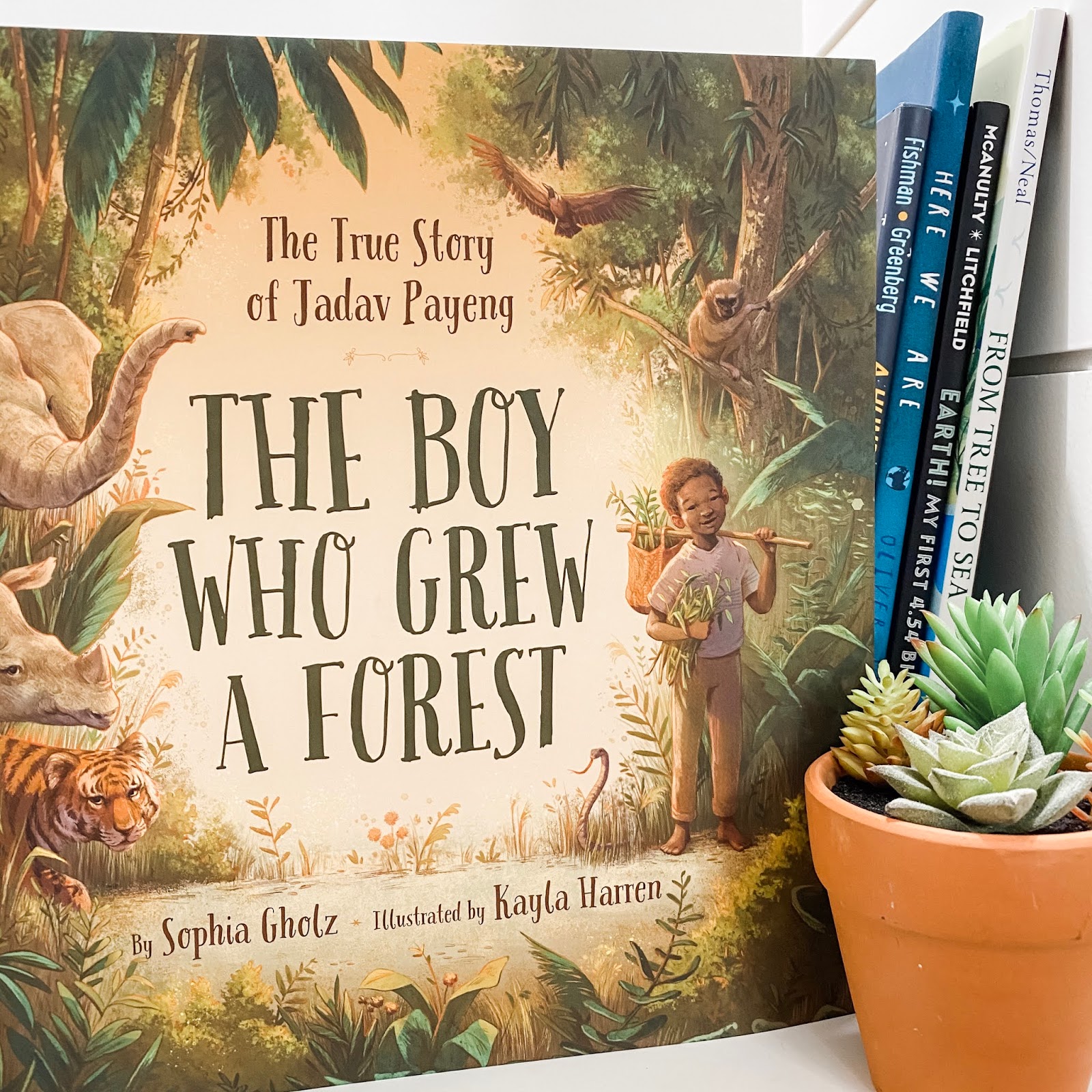
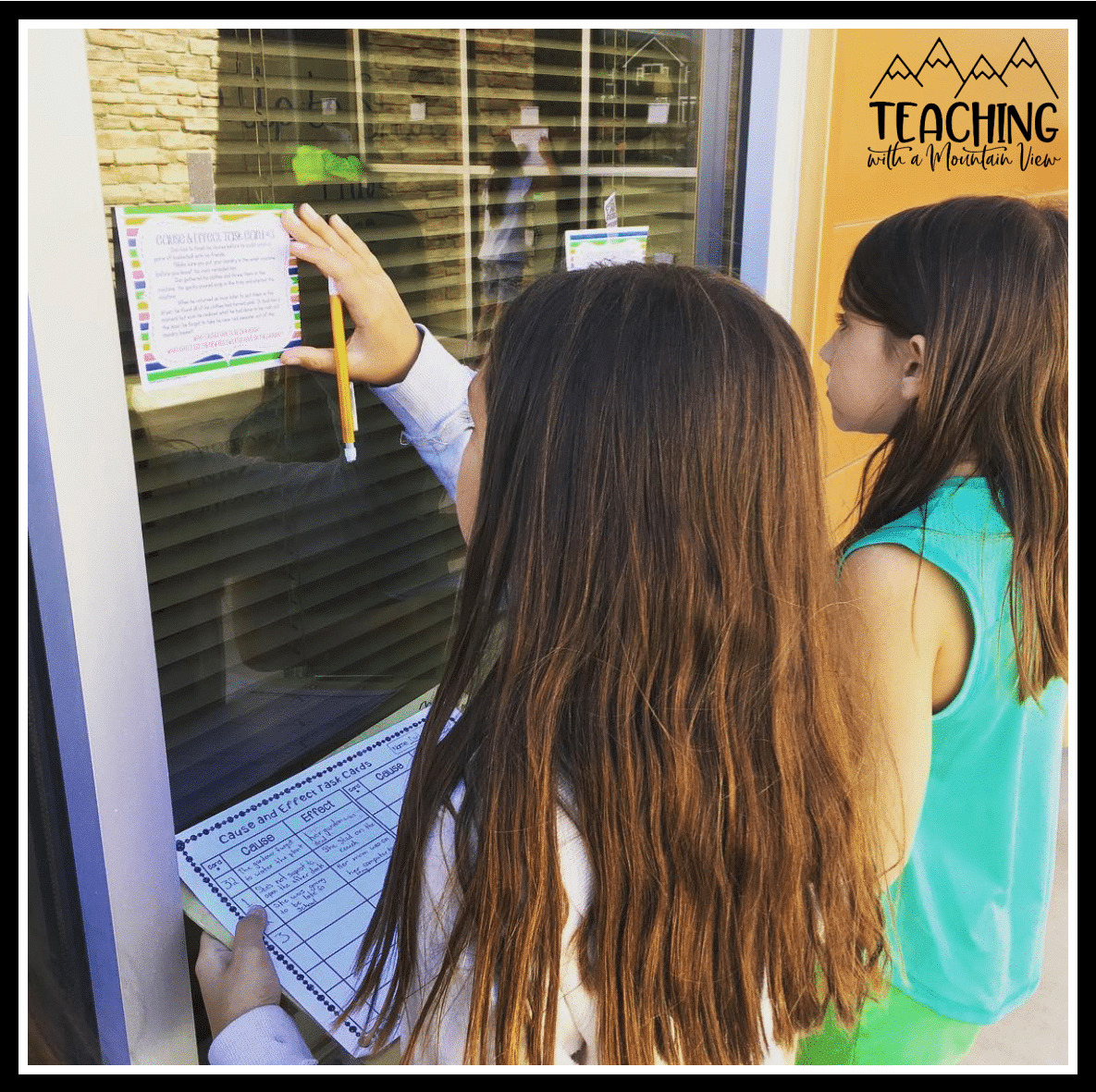
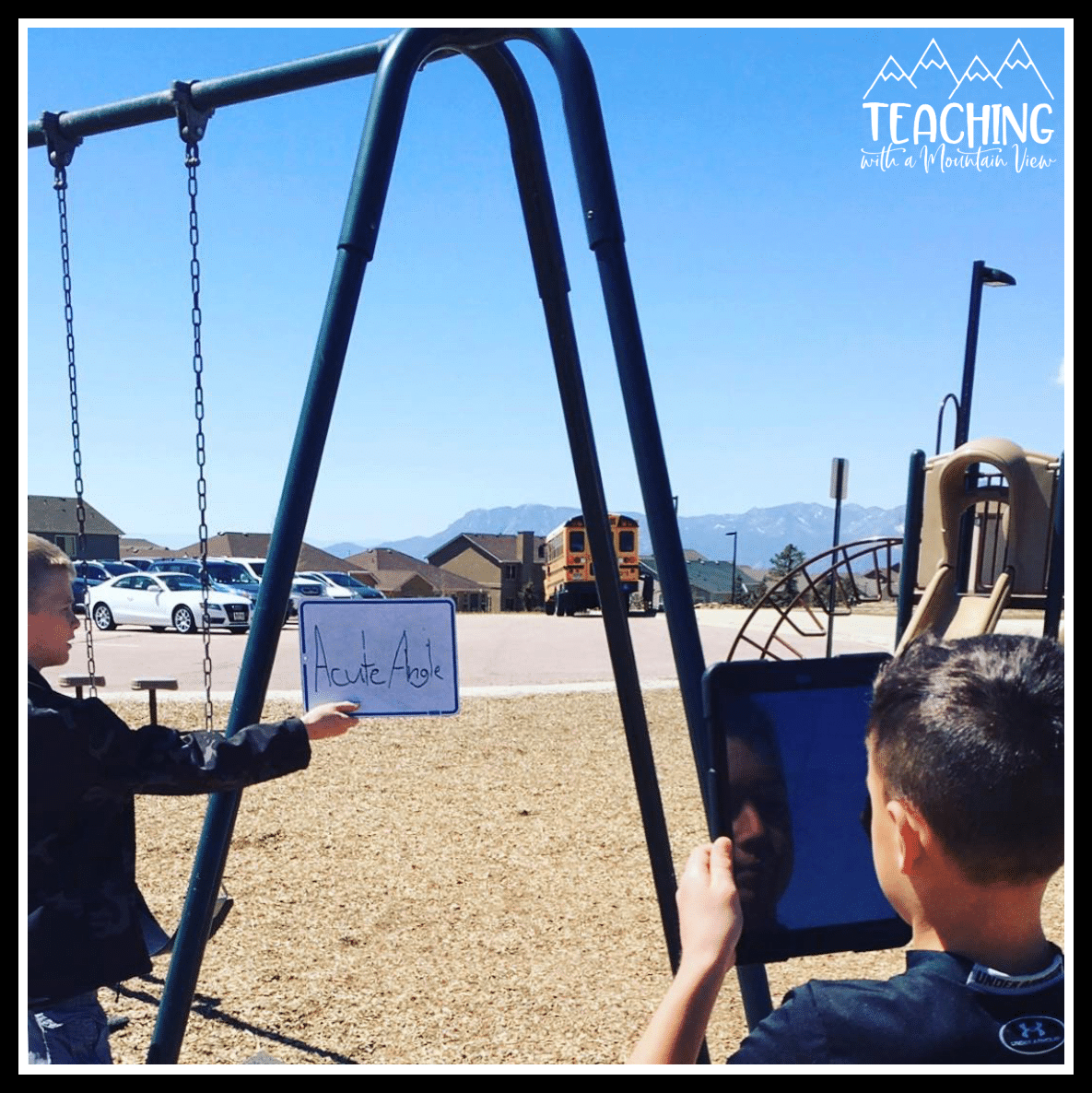





One Comment